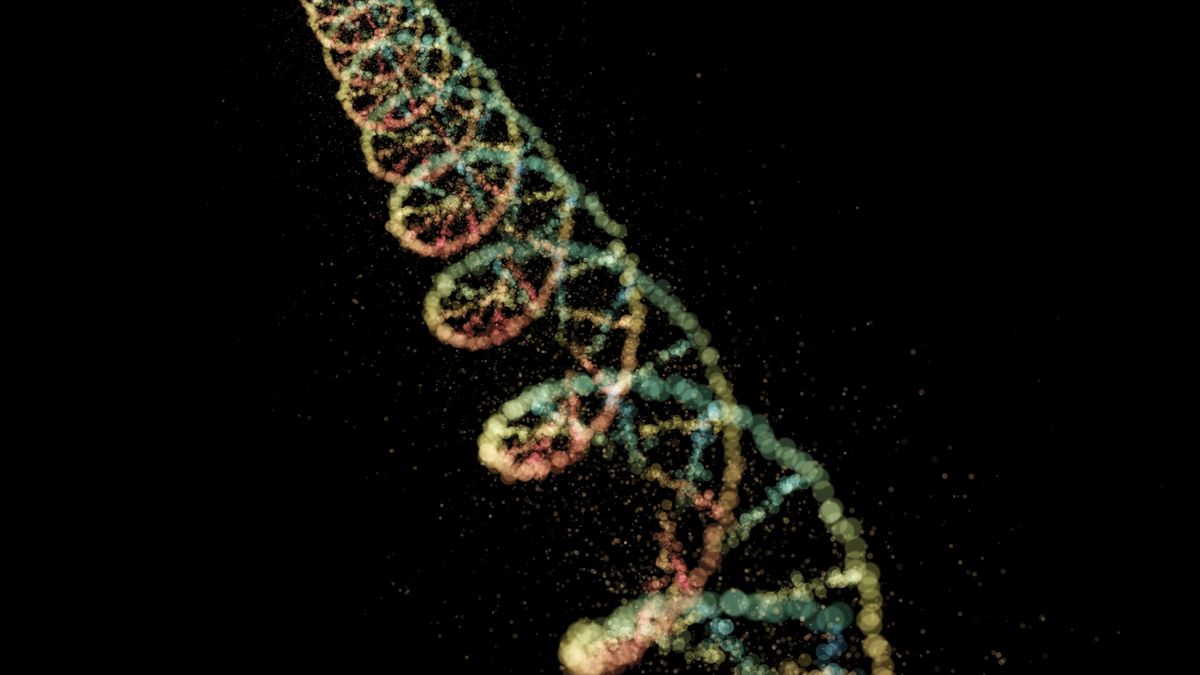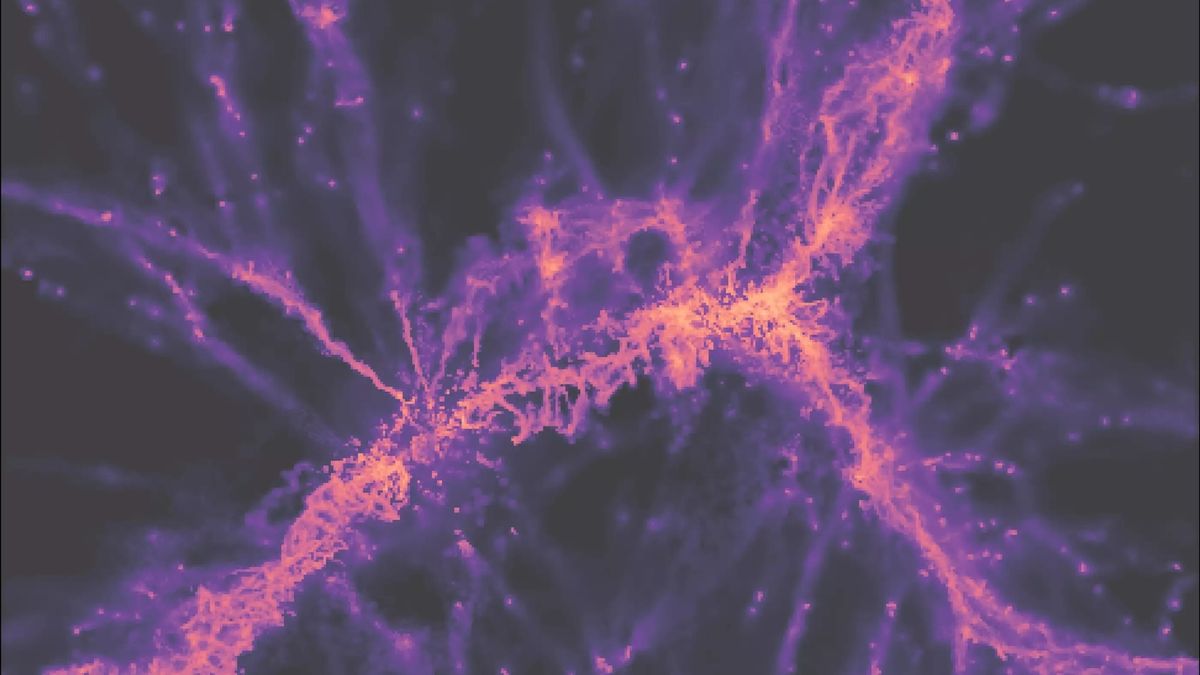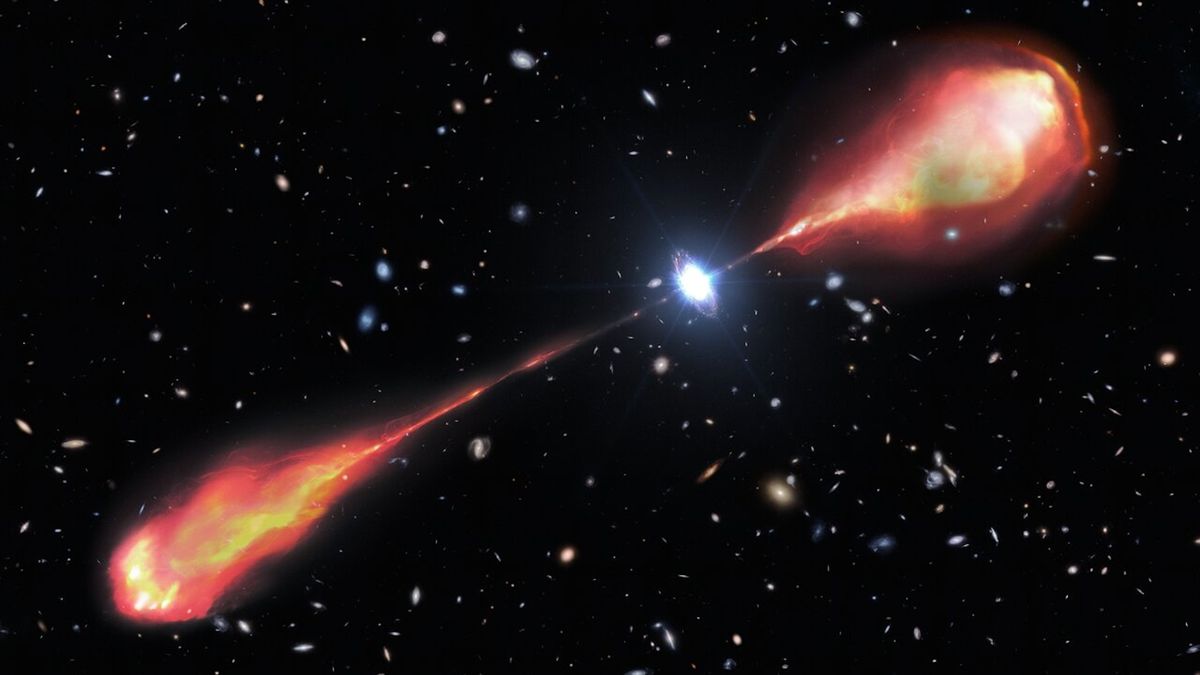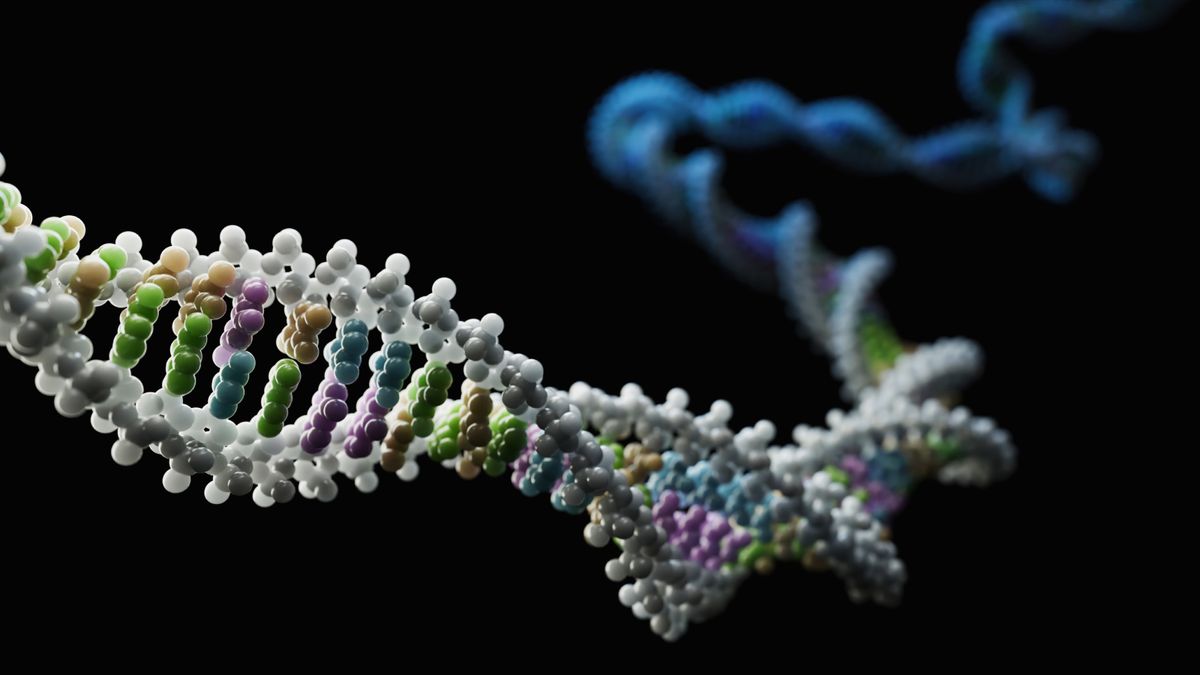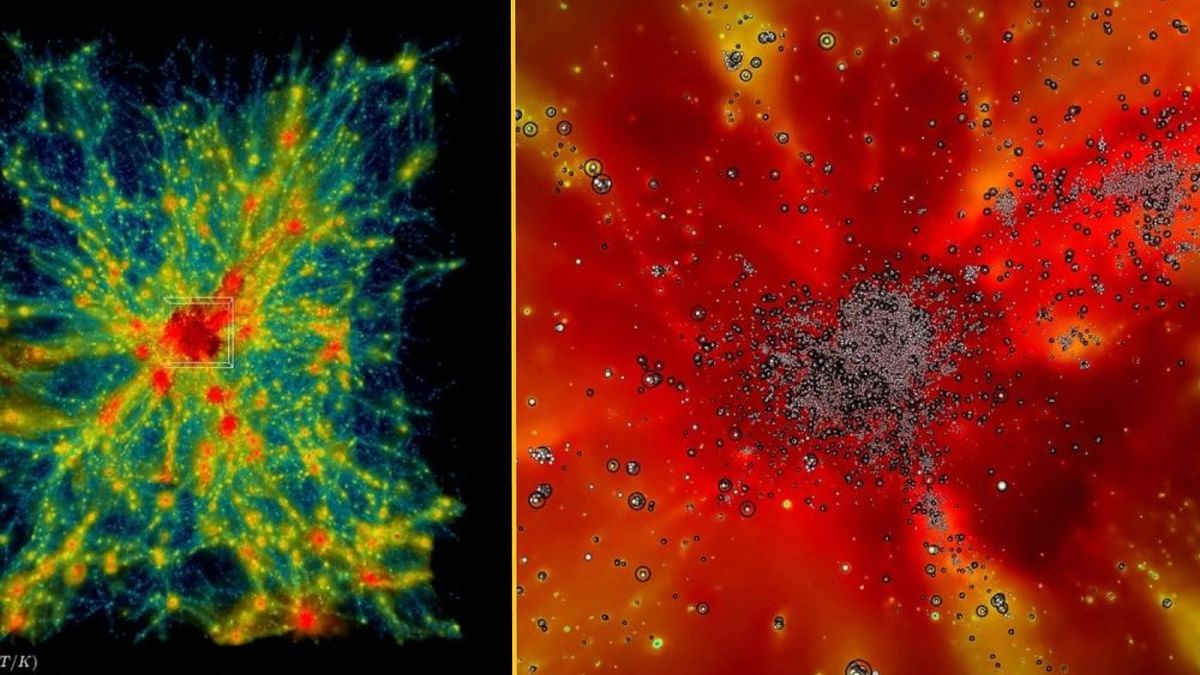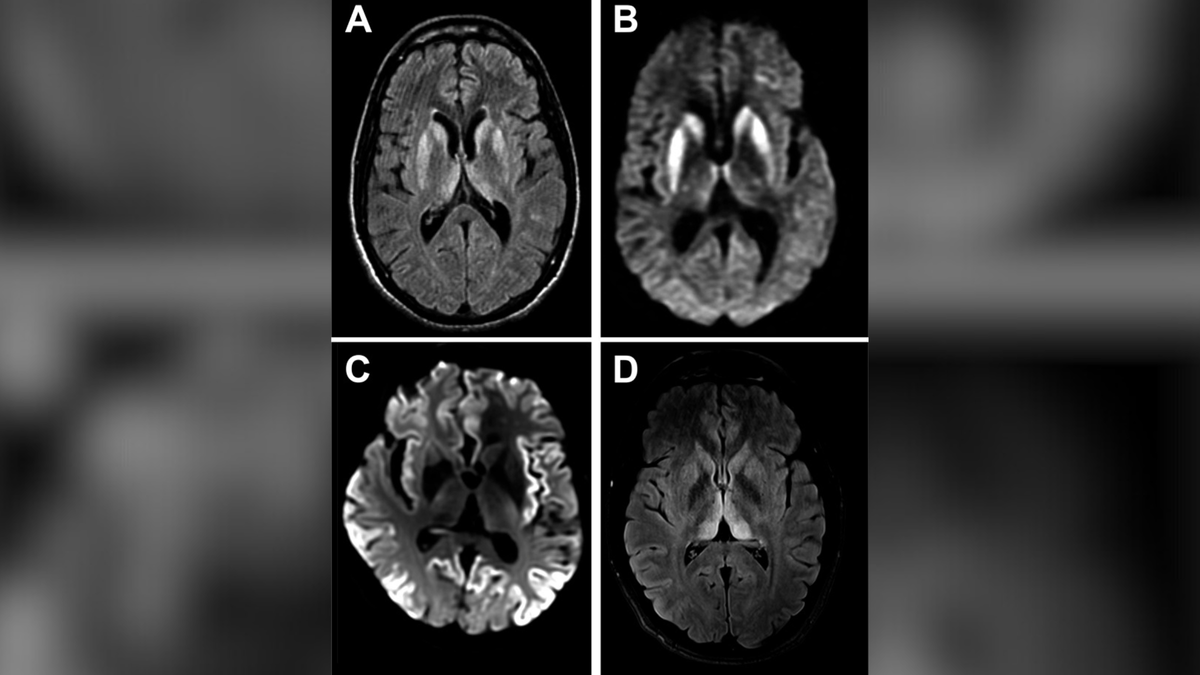Scientists often use “epigenetic clocks” to measure biological aging, but what makes these clocks tick is not fully understood. Now, scientists have uncovered a clue: The clocks are synced with random mutations that crop up in DNA as we age.
It’s long been known that, over the human lifespan, mutations accumulate in the DNA of cells. This happens when cells replicate or are exposed to insults, such as radiation and infection. Plus, with age, the mechanisms that repair DNA damage don’t work as well. As people age and mutations rack up, the odds of immune problems, neurodegeneration and cancer also rise dramatically.
But DNA mutations don’t tell the whole story of aging.
There are also molecular changes that take place “on top of” DNA. These alterations, known as “epigenetic” changes, don’t directly alter DNA’s underlying code. Rather, they switch genes on or off or turn their volume up or down. Research suggests that the pattern of epigenetic markers on DNA changes in predictable ways as we age, and epigenetic clocks work by tracking those patterns and then estimating the “biological age” of a given person or tissue.
The new study, published Jan. 13 in the journal Nature Aging, ties these genetic and epigenetic changes together in a new way.
Related: Pregnancy may speed up ‘biological aging,’ study suggests
“It’s an important study,” said Jesse Poganik, an investigator at Brigham and Women’s Hospital and instructor in medicine at Harvard Medical School who was not involved in the research.
“People very rightly criticize the so-called black box nature of epigenetic clocks,” he told Live Science. There are many questions about what drives the epigenetic changes we see, and whether the changes themselves actually drive aging or are only a reflection of it — like wrinkles are a sign of skin aging, not a cause of it.
“Any further understanding of the basic mechanisms that are at play are going to ultimately help us to advance the field,” Poganik said.
A cascade of changes
The new study started with senior study co-author Dr. Steven Cummings, executive director of the San Francisco Coordinating Center at the University of California (UC), San Francisco, who theorized that gene mutations may be directly linked to the changes measured by epigenetic clocks. And ultimately, “that’s what we found,” said Cummings, who is also a senior research scientist at Sutter Health’s California Pacific Medical Center Research Institute.
“The two were very highly correlated,” he told Live Science.
To explain the reasoning behind this theory, let’s unpack a bit of chemistry.
One common mode of epigenetics, which most epigenetic clocks are based on, is called DNA methylation. It involves molecules called methyl groups latching onto cytosine (C), one of the four letters in DNA’s code. This primarily happens at places in DNA molecules where C sits next to guanine (G), known as CpG sites. But if there’s a mutation and either the C or G changes, that site is no longer CpG and thus is much less likely to be methylated.
“That’s a way in which a mutation could cause a change in methylation — a loss of methylation,” said senior study co-author Trey Ideker, a professor at UC San Diego’s School of Medicine and Jacobs School of Engineering.
“And it turns out, the opposite could actually be true,” Ideker added. Methylation can, in turn, influence where DNA mutations appear. If a methyl group attaches at a particular part of the C, this can spark a chemical reaction that destabilizes the C, making it more likely to mutate later on, Ideker explained.
Given this push and pull between mutations and methylation, the team wondered whether they could tie these interdependent processes back to aging.
To do so, lead study author Zane Koch, a doctoral student in bioinformatics at UC San Diego, looked at two existing databases: the Cancer Genome Atlas and the Pan-Cancer Analysis of Whole Genomes. From these, the team drew mutation and methylation data from more than 9,330 cancer patients. Most of the data came from tumor biopsies, but a subset of the patients also had samples taken from normal, noncancerous tissues. It’s difficult to find comparably large datasets with both genetic and epigenetic data, Ideker noted.
Crunching the numbers, the researchers found that mutated CpG sites did bear less methylation than unmutated CpG sites. What’s more, the mutations seemed to coincide with a wider ripple effect: Intact CpG sites located near these mutants were “strikingly hypermethylated,” by comparison. And these ripple effects could be observed up to 10,000 letters out on each side of the mutation.
“It’s like an explosion of methylation change happens around that mutation,” Ideker said, but we don’t yet know why or how that’s happening, or the exact timing of what event happens first. “All we know is that there’s this very clear relationship.”
Related: New ‘biological aging’ test predicts your odds of dying within the next 12 months
Seeing this relationship, the team then built clocks based on these patterns of genetic and epigenetic change, respectively. Both clocks made similar predictions of age. In short, the two clocks appear to be synced.
What can this tell us about aging? It may be that the genetic and epigenetic changes are both happening downstream of some other process that is actually the true, underlying driver of aging. However, Cummings favors a different theory: that DNA mutations drive aging and that epigenetics simply reflects this process.
If that’s the case, scientists on the quest to reverse or stall aging face a challenge. “They’re going to have to figure out how it is you reverse the underlying somatic mutations,” Cummings said, rather than only tweaking the epigenetic markers on top of DNA.
More research will need to be done to fully explain the study’s findings and their relation to aging. For starters, the current study looked only at tissues from people with cancer, so the findings need to be replicated in individuals without the disease, Poganik said. In addition, the tissue samples from each individual were taken at one point in time, so the team couldn’t directly observe changes unfolding with age, he added.
Ideker suggested that, in future laboratory experiments, scientists could trigger mutations in cells and then monitor any epigenetic changes that unfold. Long-term studies of humans, which follow people over time, could also give a sense of which phenomenon happens first, or whether it’s really an ongoing interplay between the two, Poganik said.
Together, these future studies would shed new light on what makes epigenetic clocks tick and, more broadly, what makes us age.
“Even the developers and heavy users of the clocks acknowledge that this is a limitation — that we don’t understand how they work,” Poganik said. “The more we understand about how they work, the more we will understand about the context in which to apply them.”





